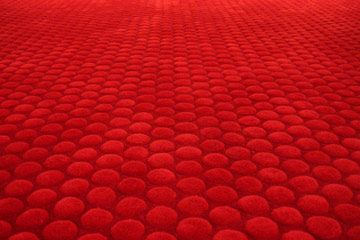After a hard day's work, there's nothing like going home, kicking off your shoes, and digging your toes into a nice, soft carpet. This association with comfort and luxury has appealed to people ever since central and western Asian nomads first wove carpets in the fifth or fourth millennium B.C. [source: Eiland]. These people used their handiwork to cover earthen floors, or as blankets, saddle covers, storage bags, tent doorways, and tomb covers. Today, carpet is used almost exclusively as a floor covering, with numerous colors and textures from which to choose.
Because there are so many options, choosing a wall-to-wall carpet for your home can seem overwhelming -- but it doesn't have to be. A careful consideration of style, comfort, durability, and cost will help you pick a carpet that both you and your bare feet love. So, if you're ready to save yourself from the shock of a cold, hard floor when you step out of bed in the morning, read on to figure out which carpet is best for you.
Advertisement



